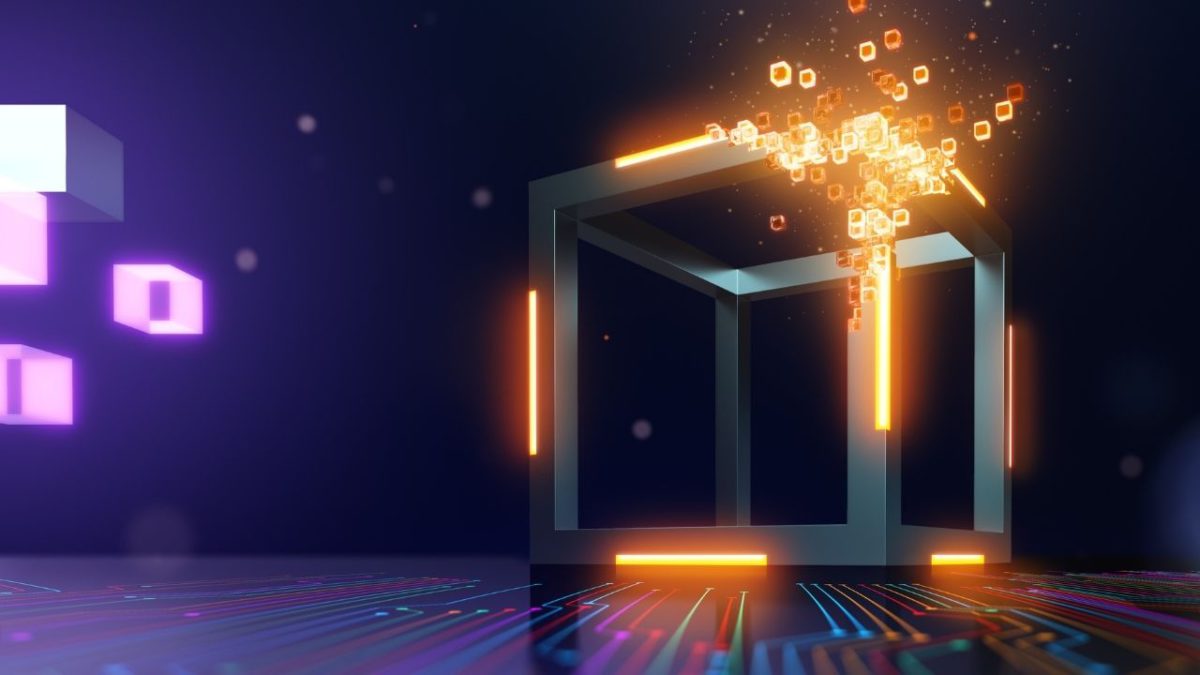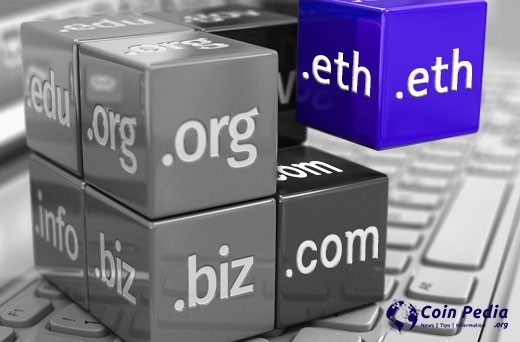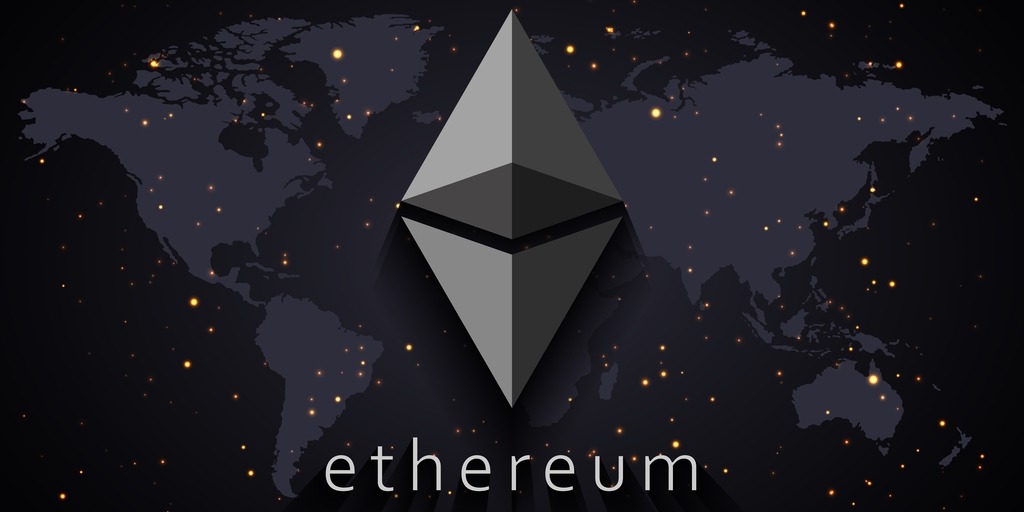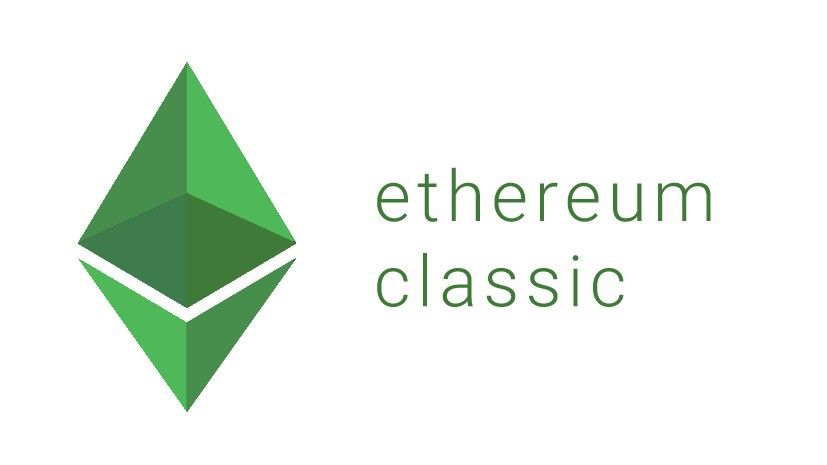What exactly is Ethereum Merge, and why is it so significant?
According to Lucas Outumuro, the head of research at IntotheBlock, searches for ‘Ethereum Merge’ have surged significantly since the Kiln testnet. On Google Trends, the keyword ‘Ethereum merge’ had 100. This reflects the most significant relative interest in the realm of digital marketing.
Canada ranks first in Google searches for the keyword ‘Ethereum merging,’ followed by Australia and the United States.
📣 Ropsten Merge Announcement 📣
Ethereum’s longest lived PoW testnet is moving to Proof of Stake! A new beacon chain has been launched today, and The Merge is expected around June 8th on the network.
Node Operators: this is the first dress rehearsal💃https://t.co/0fDHObLOmn
— Tim Beiko | timbeiko.eth 🐼 (@TimBeiko) May 30, 2022
But what is Ethereum Merge, exactly?
The eventual integration of Ethereum’s mainnet with the beacon chain proof-of-stake mechanism is what it’s all about. The ‘merge’ will signal the end of Ethereum’s proof-of-work (PoW) system in favor of the proof-of-stake (PoS) system.
The PoW consensus mechanism is currently used in Ethereum’s mainnet or leading network. A consensus mechanism is a procedure by which the various nodes of a network achieve mutual consensus to change the state of a blockchain network. It’s the fundamental idea behind blockchain technology.
The Ethereum network has relied on the PoW consensus method since its inception. The network’s nodes use their processing power to solve complicated mathematical puzzles in PoW. The first node or miner to solve the riddle gets the privilege of adding new blocks to the blockchain. They are compensated with newly mined BTC in exchange for this.
This is an easy technique to establish an agreement, but it has a significant flaw. As the number of transactions in blockchains grows, so does the computational power necessary to answer those puzzles—more computational power means more energy consumed. This became a concern because the dominant energy source is fossil fuels, which are global warming contributors.
As the globe got more environmentally conscious, policymakers began to scrutinize the high-energy usage model of cryptocurrencies like Bitcoin and Ethereum. The Ethereum Foundation decided to alter the consensus process to PoS, which does not demand significant levels of computational power and, consequently, energy due to the inefficiency of PoW in terms of network growth and transaction rate.
Changing the consensus mechanism is a complicated procedure; you can’t just add a few lines to the Ethereum mainnet’s source code; many variables must be considered and tested.
Also, read – Evmos hopes to jump-start Ethereum Virtual Machine
To test the PoS consensus mechanism staking, Ethereum built a parallel PoS network beacon chain. It is independent of the Ethereum mainnet and is intended to be a staker-only network. Because it solely checks the staking process, it can’t handle smart contracts or accounts.
Geth v1.10.17 (Ploitari) is out! This release contains a lot of work in preparation for The Merge, and work for an upcoming change to the way state is stored in go-ethereum. As always, please update your nodes. https://t.co/vnaezln7qK
— Go Ethereum (@go_ethereum) March 29, 2022
The beacon chain was supposed to exist on its own until it was tested. It will then be integrated with the Ethereum mainnet to complete the Ethereum network’s shift to the Proof-of-Stake paradigm. The Kiln testnet was established expressly to test the merge before it occurs later this year.
Stay informed with daily updates from Blockchain Magazine on Google News. Click here to follow us and mark as favorite: [Blockchain Magazine on Google News].
Get Blockchain Insights In Inbox
Stay ahead of the curve with expert analysis and market updates.
latest from tech
Disclaimer: Any post shared by a third-party agency are sponsored and Blockchain Magazine has no views on any such posts. The views and opinions expressed in this post are those of the clients and do not necessarily reflect the official policy or position of Blockchain Magazine. The information provided in this post is for informational purposes only and should not be considered as financial, investment, or professional advice. Blockchain Magazine does not endorse or promote any specific products, services, or companies mentioned in this posts. Readers are encouraged to conduct their own research and consult with a qualified professional before making any financial decisions. The featured image used is just a creative depiction of the title and it does not intend to hurt sentiments of any person or institution. If it hurts anyone sentiments, please do not hesitate to reach out to Blockchain Magazine.

 Bitcoin
Bitcoin  Ethereum
Ethereum  XRP
XRP  Tether
Tether  Solana
Solana  Dogecoin
Dogecoin  USDC
USDC  Cardano
Cardano  Lido Staked Ether
Lido Staked Ether  TRON
TRON  Chainlink
Chainlink  Avalanche
Avalanche  Sui
Sui  Wrapped stETH
Wrapped stETH  Wrapped Bitcoin
Wrapped Bitcoin  Stellar
Stellar  Toncoin
Toncoin  Hedera
Hedera  Shiba Inu
Shiba Inu  WETH
WETH  Polkadot
Polkadot  Litecoin
Litecoin  LEO Token
LEO Token  Bitcoin Cash
Bitcoin Cash  Bitget Token
Bitget Token  Official Trump
Official Trump  Uniswap
Uniswap  Hyperliquid
Hyperliquid  Pepe
Pepe  Wrapped eETH
Wrapped eETH  USDS
USDS  NEAR Protocol
NEAR Protocol  Ethena USDe
Ethena USDe  Aave
Aave  Aptos
Aptos  Internet Computer
Internet Computer  Ondo
Ondo  Ethereum Classic
Ethereum Classic  WhiteBIT Coin
WhiteBIT Coin  Monero
Monero  POL (ex-MATIC)
POL (ex-MATIC)  Cronos
Cronos  Render
Render  Mantle
Mantle  Algorand
Algorand  Dai
Dai  OKB
OKB  MANTRA
MANTRA 




